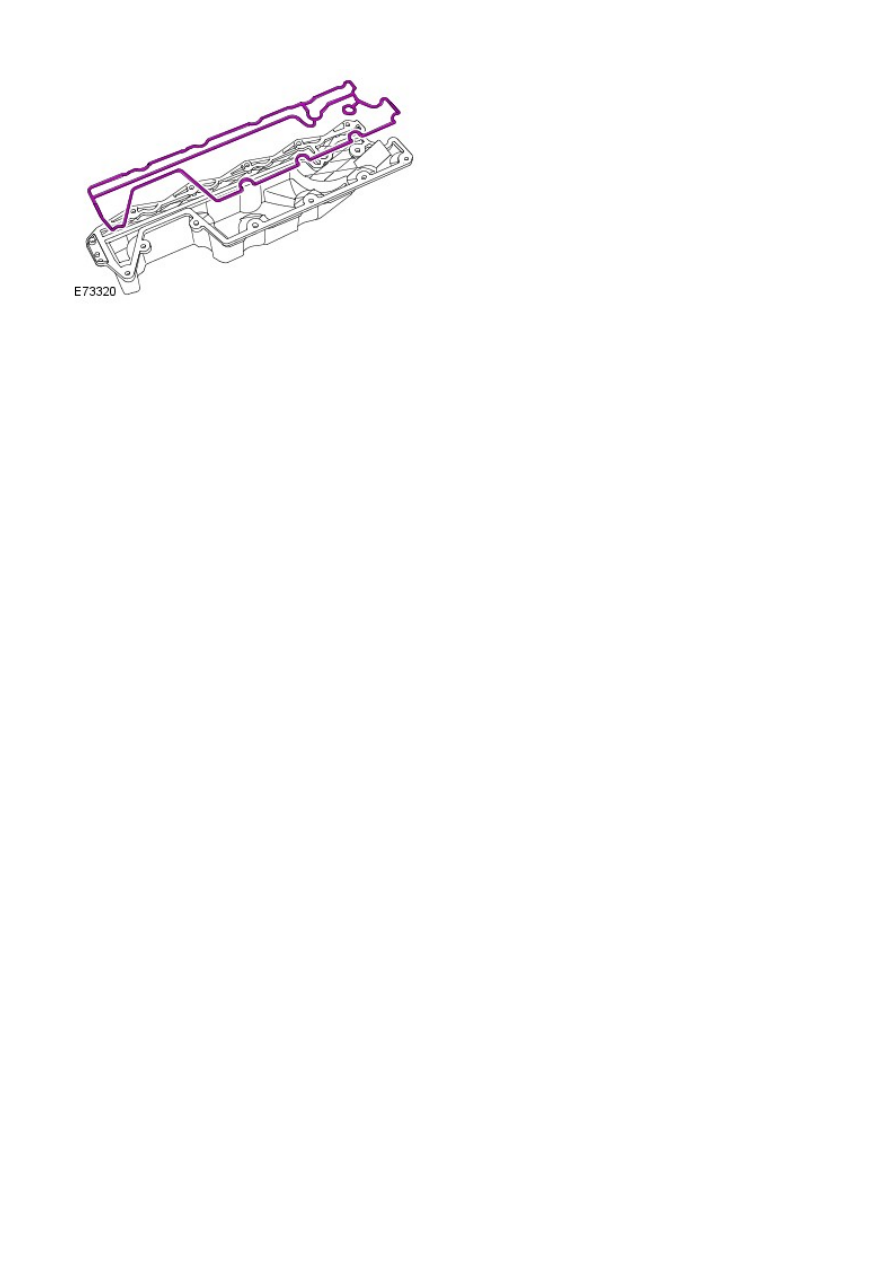Frelander 2. Manual - part 283

5. NOTE: The gasket is to be reused unless damaged.
5.
Installation
To install, reverse the removal procedure.
1.
|
|
|

5. NOTE: The gasket is to be reused unless damaged. 5. Installation To install, reverse the removal procedure. 1. |